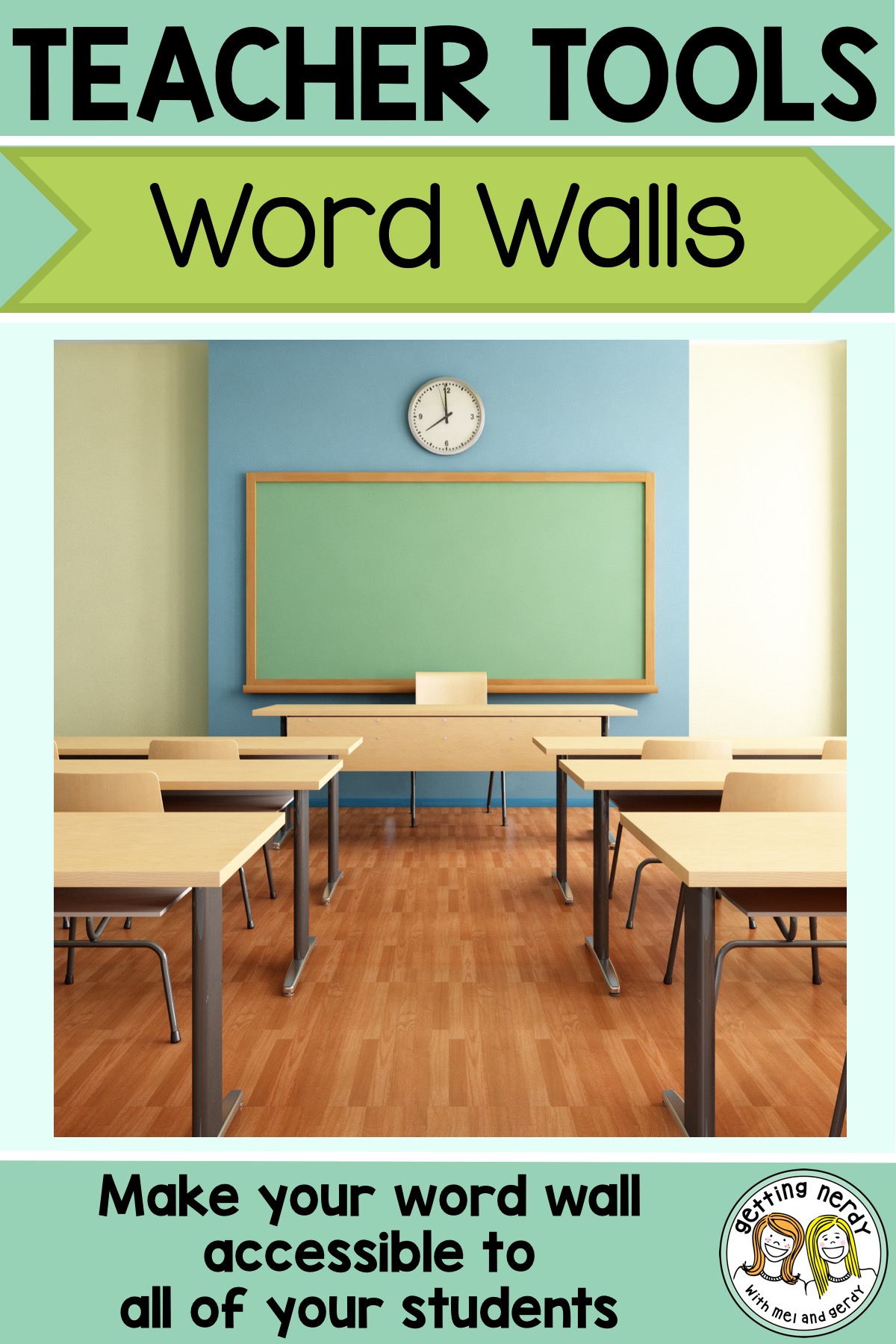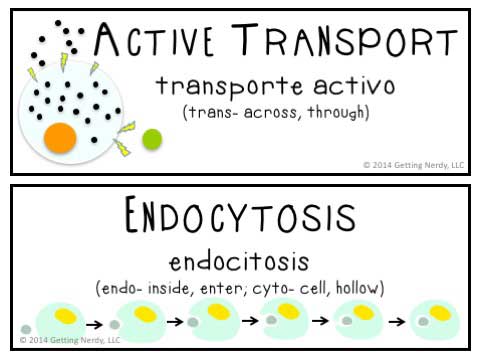
We’re so glad that vocabulary instruction has moved well beyond #writethedefinition. We’ve all read brain-based research. We’ve studied Gardner’s Multiple Intelligences. We’ve seen it first-hand in the classroom – kids all learn in different ways. The vocabulary lessons of our parent’s parents worked great for those kids who could easily transfer information from the written page to their brain through reading, but what about all those other kids? The auditory learner, the kinesthetic learner? What about students who are more mathematically driven, or the student who learns in pictures, the visual-spatial learner? Everyone incorporates three to four of the multiple intelligences into their learning style, so incorporating three to four of the styles in to your teaching means there’s no doubt you’ll be meeting the needs of the various learning styles in your classroom. If you want a fail-safe way to make this happen, here’s a little bit of evidence on how word walls meet your (and your students’) needs.
A word wall is obviously instructional gold for your verbal-linguistic student – any opportunity to read, write and talk about content plays directly to this learner – it’s a no-brainer. Ways you can cater to this student? Have students work through Frayer models and do a think-pair-share at their tables or in smaller, thoughtfully created groupings.
Have you noticed your students look to a spot in the room or on a wall during quizzes or exams where an activity took place or an informative poster used to hang? These are your visual-spatial students who can still visualize what was there and access that mental snapshot to retrieve an answer from their memory files. These students benefit from your word wall if the words are illustrated or are color-coded by unit. This will add to the visual impact as students take mental snapshots of the word wall, helping students to cement concepts. Different font types and sizes help these students to commit information to memory, as well as using different shapes for the unit of study. When surveyed, the majority of students believe their dominant learning intelligence is visual-spatial, even if they test otherwise. Since they believe they are learning with their eyes, take advantage with a powerful word wall.
The mathematical-logical student uses the structure and organization of word walls and word maps to learn new vocabulary. Even though these learners may not have the neatest locker or a picture-perfect notebook, they make meaning of what they learn by using structure and order to connect new information to prior knowledge. Using arrows to connect concepts or to show the sequence of specific processes (think scientific method) really speaks to the logical nature of this learner.
Have a chatty Cathy or Carl? These interpersonal students thrive on opportunities to talk with others and to interact during learning, so use that to your advantage by having them work together to develop definitions, sentences and images of new vocabulary. Include their work in your displayed word wall and Voila!… a tailor-made one-stop-vocabulary-shop for your interpersonal learner. Add a think-pair-share to your lesson plan for these kiddos – every chance they have to talk about a word and hear what other students are saying helps to integrate the term into their vocabulary. Since many interpersonal learners are also verbal linguistic they are integrating the words through two intelligences.
Heard of fidget spinners? If you have a body-kinesthetic student, chances are you have. These learners benefit from word walls by acting out or doing charades of various terms, just to provide a few examples. Your physical students will chomp at the bit to get up and move since any learning that can develop muscle-memory aids the body-kinesthetic learner in absorbing the material. Review activities such as Concentration or I Have, Who Has cards appeal to your physical learner AND the logical learner.
The intrapersonal student may not seem involved with word walls since they tend not to be verbal or quick to share their thoughts. The intrapersonal student is taking in all information, assessing it and coming to their own decisions. Their notebook might not contain the identical definitions that are posted on the word wall but instead may be a compilation of the various interactions they had with the vocabulary. For these students, offer them a menu of choices for interacting with new terminology and let them lead their own way.
Musical-rhythmic intelligences aren’t as easy to address because word walls don’t really have a built-in playlist – that doesn’t mean, however, that there aren’t songs about content and music available that can engage the musical-rhythmic student. This particular intelligence is one of the strongest so any time songs, poems and raps can be included in instruction, the stronger the lesson will be.

Inspire Students. Love Teaching.
We have everything you need to successfully teach life science and biology. Join over 85,000 teachers that are seeing results with our lessons. Subscribe to our newsletter to get a coupon for $5 off your first order!

